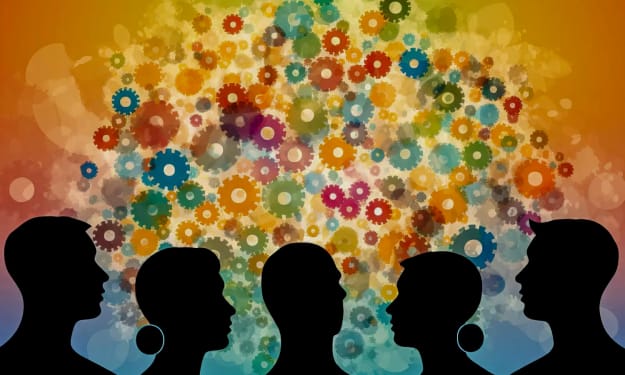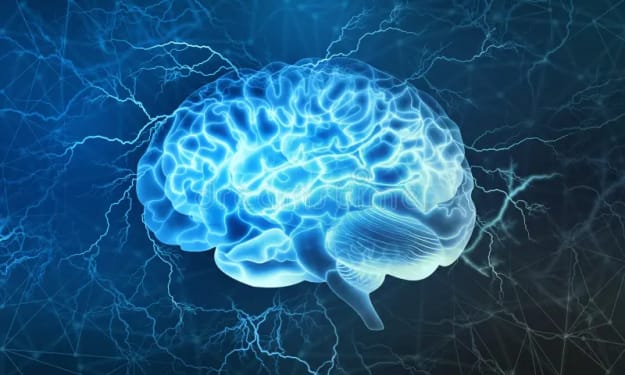Exploring the Depths of the Mind: The Fascinating World of Cognitive Neuroscience
Cognitive neuroscience is a multidisciplinary field that explores the neural mechanisms underlying human cognition – the mental processes that allow us to perceive, think, reason, and remember. From understanding the brain's role in language processing to unraveling the mysteries of memory and attention, cognitive neuroscience offers invaluable insights into the workings of the human mind. In this exploration, we delve into the fascinating realm of cognitive neuroscience, shedding light on the intricate connections between brain and behavior.

The Interdisciplinary Nature of Cognitive Neuroscience
At the heart of cognitive neuroscience lies the integration of insights from neuroscience, psychology, computer science, and other disciplines to understand the neural basis of cognition. By combining techniques from brain imaging, such as functional magnetic resonance imaging (fMRI) and electroencephalography (EEG), with behavioral experiments and computational modeling, cognitive neuroscientists can investigate how different brain regions communicate and interact to support complex cognitive functions. This interdisciplinary approach allows researchers to uncover the neural underpinnings of perception, attention, memory, language, and decision-making.
Perception and Sensation
One of the fundamental questions in cognitive neuroscience is how the brain processes sensory information to create our perceptual experience of the world. Researchers use techniques such as fMRI and EEG to study the neural circuits involved in visual, auditory, olfactory, gustatory, and somatosensory perception. By mapping the activity of different brain regions during perception tasks, cognitive neuroscientists can gain insight into how the brain constructs our sensory experiences and distinguishes between meaningful and irrelevant stimuli.
Attention and Consciousness
Attention is a central component of cognition that allows us to select and focus on relevant information while filtering out distractions. Cognitive neuroscience research has revealed that attention involves complex interactions between sensory processing regions, such as the visual cortex, and higher-level brain areas involved in executive control, such as the prefrontal cortex. By studying attentional processes using neuroimaging and electrophysiological techniques, researchers can elucidate the neural mechanisms that underlie attentional control, selective attention, and the allocation of cognitive resources.
Memory and Learning
Memory is another key area of study in cognitive neuroscience, encompassing processes such as encoding, storage, retrieval, and forgetting. Researchers use a variety of techniques, including neuroimaging, lesion studies, and electrophysiology, to investigate the neural substrates of different types of memory, such as episodic memory, semantic memory, and procedural memory. By studying patients with memory disorders, such as amnesia, and animal models of memory, cognitive neuroscientists can identify the brain regions and circuits that are critical for memory formation and consolidation.
Language and Communication
Language is a uniquely human ability that relies on complex neural networks distributed throughout the brain. Cognitive neuroscience research has shed light on the neural basis of language processing, including the regions involved in speech perception, syntax, semantics, and language production. By studying individuals with language disorders, such as aphasia, and using techniques such as functional imaging and transcranial magnetic stimulation (TMS), researchers can pinpoint the brain areas that are essential for language comprehension and production.
Decision-Making and Executive Function
Decision-making is a multifaceted process that involves weighing options, evaluating outcomes, and selecting appropriate courses of action. Cognitive neuroscience research has elucidated the neural mechanisms that underlie decision-making and executive function, including the role of the prefrontal cortex in cognitive control and the integration of sensory and reward information in the striatum and ventral tegmental area. By studying decision-making in both healthy individuals and clinical populations, researchers can identify the neural circuits that are disrupted in disorders such as addiction, obsessive-compulsive disorder (OCD), and schizophrenia.
Conclusion
Cognitive neuroscience offers a window into the workings of the human mind, revealing the neural mechanisms that underlie our thoughts, feelings, and behaviors. By combining insights from neuroscience, psychology, and other disciplines, cognitive neuroscientists can unravel the mysteries of cognition and consciousness. As we continue to explore the depths of the mind, let us marvel at the complexity and resilience of the human brain, celebrating the remarkable achievements of cognitive neuroscience in understanding the nature of human cognition. Through continued research and innovation, we can unlock the secrets of the mind and pave the way for new treatments and interventions to enhance human health and well-being.
About the Creator
Mohamed Ali
Mohamed Ali is a passionate writer and researcher with a keen interest in exploring the complexities of human behavior and society through the lens of sociology. With a background in sociology and psychology.






Comments
There are no comments for this story
Be the first to respond and start the conversation.